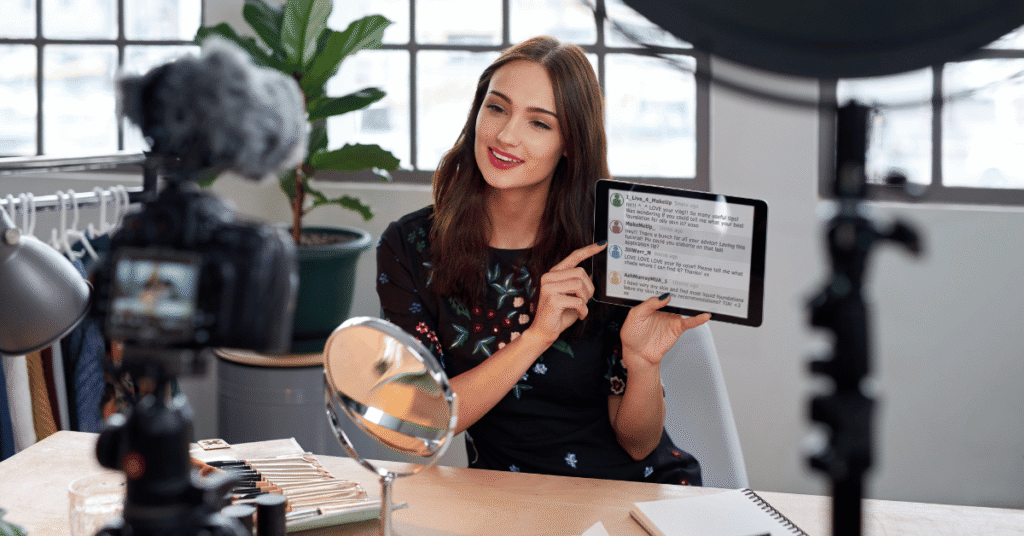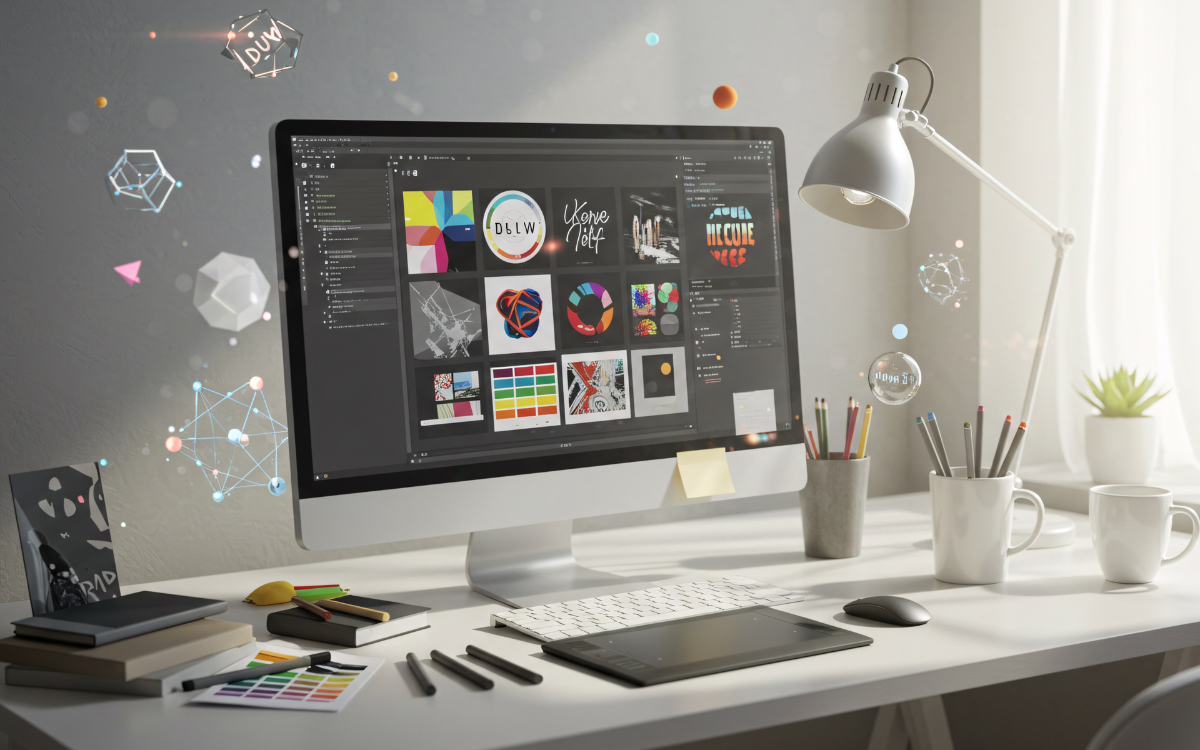Social media continues to be one of the most powerful marketing channels in 2025. But as platforms evolve, algorithms shift, and competition intensifies, brands are constantly debating the same question:
“Should I focus on organic social media or invest in paid social ads?”
On one hand, organic social helps build trust, authenticity, and long-term brand loyalty.
On the other hand, paid social delivers fast reach, targeted traffic, and predictable conversions.
So, which is better?
The truth is: Both organic and paid play different but equally important roles in your marketing strategy.
This in-depth guide breaks down the differences, benefits, downsides, examples, and strategies to help you decide the right mix for your business in 2025.
What Is Organic Social Media?
Organic social media refers to the content you post without paying for promotion. These are the posts, reels, stories, tweets, updates, and comments that your followers see naturally.
Why Organic Social Matters More Than Ever in 2025
Even with declining reach across platforms, organic social is still the heart of your brand presence. Here’s why:
1. Builds Trust and Authenticity
People follow brands they believe in, not brands that only run ads.
Organic content shows:
- Who you are
- What you value
- Why your audience should care
Authenticity drives conversions especially in a world full of paid ads.
2. Helps You Create a Loyal Community
Your community is priceless. A loyal audience:
- Engages with your content
- Share your posts
- Recommends your brand
- Buys repeatedly
This is impossible to achieve with paid ads alone.
3. Long-Term Growth Without Extra Cost
Organic social is evergreen.
Once your audience grows, even your average posts perform better because trust compounds.
4. Makes Your Paid Ads Work Better
Before buying from an ad, most users visit your profile.
If your organic content is strong, conversions increase automatically.
Types of Organic Social Media Content
- Educational posts
- Carousels
- Reels/TikTok’s
- Memes
- Story polls & Q&As
- Behind-the-scenes
- UGC (User-generated content)
- Industry tips
- Testimonials
- Brand stories
Organic social is the personality and soul of your brand. But there’s one limitation…
The Downside of Organic Social
- Reach is limited
- Growth can be slow
- Algorithms are unpredictable
- Zero guaranteed results
This is where paid social enters the game.
What Is Paid Social Media?
Paid social refers to ads you pay for to reach your target audience on platforms like:
- Meta (Facebook/Instagram)
- TikTok
- YouTube
- X
- Snapchat
Here, you pay the platform to show your content to:
- New audiences
- Specific demographics
- People who visited your website
- People who engaged with your profile
Paid ads offer what organic cannot:
Speed, scale, and precise targeting.
Why Paid Social Is Critical in 2025

With organic reach declining, paid ads help businesses break through the noise a trend often discussed in advanced training programs like an SEO course in Ahmedabad. Here’s why brands rely on paid media:
1. Instant Reach and Visibility
You can reach thousands of people in minutes, something impossible with organic posts alone.
2. Highly Targeted Advertising
Paid ads allow you to show ads based on:
- Age
- Interests
- Behaviors
- Location
- Buying intent
- Occupation
- Device
- Engagement history
This means you’re not shouting into the void you’re speaking to the right audience.
3. Predictable and Scalable Results
Paid ads help you:
- Generate leads
- Boost sales
- Increase website visits
- Grow your email list
With proper optimization, paid campaigns become predictable and measurable.
4. Best Launches, Events, and Offers
When you need immediate training, paid ads give you momentum faster than anything else.
Types of Paid Social Content
- Sponsored posts
- Video ads
- Carousel ads
- Lead generation ads
- Retargeting ads
- Story ads
- Shopping/catalog ads
- Influencer whitelisting ads
But paid society also has its own limitations.
The Downside of Paid Social
- Can be expensive
- Bad creatives burn money fast
- Results stop when budget stops
- Requires expertise
- Not ideal for building trust alone
Paid ads bring speed, but organic content brings credibility.
Organic vs Paid Social: The Real Difference
Here’s a simple comparison:
Feature | Organic Social | Paid Social |
Cost | Free | Paid |
Speed | Slow | Fast |
Reach | Limited | Unlimited |
Audience | Current followers | New & targeted audiences |
Goal | Build trust | Drive conversions |
Longevity | Long-term | Short-term |
Best for | Community & storytelling | Growth & sales |
When You Should Focus More on Organic Social
Choose organic first if:
You’re building a new brand identity
People need to know you before they trust you and trust before they buy.
You want long-term audience loyalty
Organic followers are more engaged and more likely to become loyal customers.
You want to build authority in your niche
Educational content and consistent posting help position you as an expert.
You’re a personal brand or creator
Authenticity sells not ads.
Your budget is limited
Organic lets you start growing without spending on ads.
When You Should Invest More in Paid Social
Paid-first strategies work when:
You need fast leads or sales
Launches, offers, campaigns, and sales cycles benefit from paid.
You already have strong organic content
If your profile looks trustworthy, ads convert better.
You want to expand beyond your current audience
Pay allows you to scale quickly.
You want predictable revenue
With the right data, paid campaigns deliver consistent results.
You’re an ecommerce, service-based, or B2B brand
These industries rely heavily on scalable acquisition channels.
Why the Best Strategy in 2025 Is a Mix of Both
Brands that win in 2025 understand one thing:
Organic is the message.
Paid is the megaphone.
When you combine them, you create a powerful growth engine.
Here’s why:
1. You Use Organic to Test Content, Paid to Scale It
Your best-performing organic posts often make the best ads.
2.Paid Brings Traffic, Organic Builds Trust
People may discover you through ads, but they follow you for your organic content.
3. Paid Retargeting + Organic Engagement = Conversions
A user sees your ad → visits your page → likes your organic content → buys.
4. Organic Content Reduces Paid Ad Costs
Better creatives = lower CPC, CPM & CPA.
5. A Balanced Strategy Future-Proofs Your Brand
If algorithms change (and they will), you’re protected with a multi-layered strategy.
How to Build the Perfect Organic + Paid Strategy in 2025
Here’s your step-by-step blueprint:
Step 1: Strengthen Your Organic Foundation
Before running ads, make sure your organic presence is strong.
Focus on:
- Regular posting (4–6 times/week)
- High-quality reels
- Shareable content
- Storytelling
- Testimonials
- UGC (User-generated content)
- Trending formats
Step 2: Identify What Works Organically
Check your analytics and look for posts with:
- High reach
- High engagement
- High shares
- Good watch time
- Strong comments
- Saves
These posts have proven appeal perfect for ads.
Step 3: Start With Simple Paid Strategies
Begin with:
Boosting your top-performing posts
Easy, low-cost, effective.
Retargeting website visitors
High conversion rate.
Running simple lead-generation ads
Build your email list.
Engagement campaigns
Grow your followers.
Step 4: Build a Full-Funnel Paid Strategy (Optional for Advanced Users)
Top of Funnel (Awareness)
- Video ads
- Boosted posts
- Brand awareness campaigns
Middle of Funnel (Engagement)
- Retargeting
- Website visitors
- Add-to-cart audiences
- Page view audiences
Bottom of Funnel (Conversion)
- Lead ads
- Sales ads
- Offer ads
Step 5: Track and Measure Performance
Monitor:
- Cost per click (CPC)
- Cost per lead (CPL)
- Return on ad spend (ROAS)
- Engagement rate
- Reach
- Conversions
- Organic follower growth
- Time on site
Every month:
- Remove poor-performing ads
- Add new creatives
- Scale winning campaigns
Trends You Must Know in 2025

1. Short-form video dominates
Instagram Reels, TikTok, and YouTube Shorts are non-negotiable.
2. Paid ads demand authenticity
Unfiltered, real videos perform better than polished studio ads.
3. Creators + UGC outperform traditional ads
User-generated content converts better.
4. Retargeting is becoming more important
With rising acquisition costs, warm audiences convert best.
5. AI content + human strategy is the new standard
AI helps produce content, but human insights make it perform.
Conclusion: A Balanced Strategy Wins in 2025
Choosing between organic social and paid social media isn’t about picking one “better” approach it’s about understanding what each does best and aligning it with your goals, resources, growth stage, or even your learning path if you’re pursuing a certificate in business development. Organic society builds trust, loyalty, and community; paid social delivers speed, scale, and targeted conversions. When used together, they create a powerful flywheel: organic content fuels engagement and credibility, while paid campaigns amplify what works and bring new audiences into your ecosystem.
In 2025, with rising ad costs, shifting algorithms, and increased competition across every major platform, the brands that win are the ones that integrate both a strategy that becomes even more essential as AI is transforming SEO and reshaping how content is discovered. They test creative organically, scale it with paid, nurture new audiences with high-value content, and measure everything with clear KPIs.
If you want sustainable growth, don’t treat organic and paid as separate strategies. Combine them, test relentlessly, and refine your approach based on data. Start by auditing your current performance, clarifying your goals, allocating time and budget wisely, and building a system were organic fuels inspiration and paid fuels expansion.


